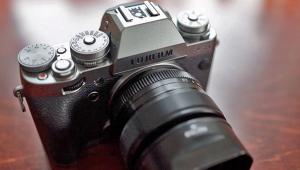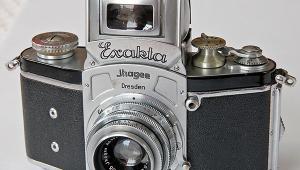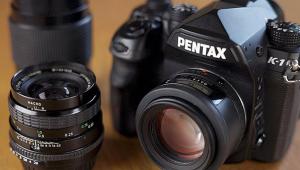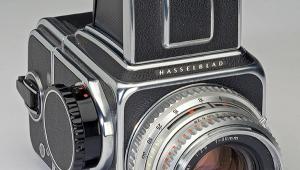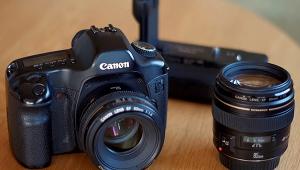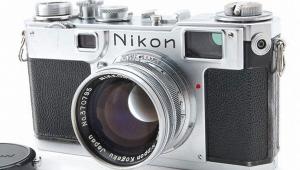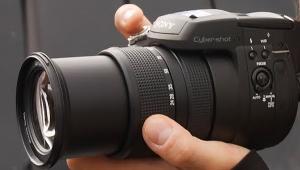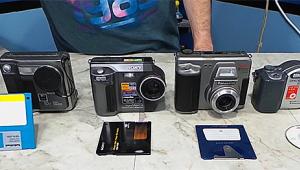These are the perfect cameras for film lovers.
User Collectible Panoramic Cameras: Digital Is Easy…These Are For Film Buffs
Making panoramic pictures in the digital age is easy. But it’s a lot more fun to use classic panoramic cameras, many of which can still be bought and used today.
The first panoramic camera was the Megaskop, made in 1844 to produce daguerreotypes on silver-plated copper plates, 4.7x17.5” wide. Later, there were Cirkut cameras, made first by the Rochester Panoramic Camera Company in 1904 and later by Kodak. These cameras were, and still are, used to produce super-wide school or sports club pictures. As the exposure was made, a clockwork motor rotated the camera on its tripod while inside the film traveled from one spool to another, past a slit at the focal plane.

Courtesy of John Wade
Cirkut cameras could shoot a 360-degree view, but were mostly used to take 180-degree images. Because subjects at each end of the panorama were further away from the camera than those in front, the image seemed to bow in the middle. This was counteracted, when photographing large groups, by positioning everyone in a semicircle and, in the resulting picture, they appeared in a straight line.
Panoramic photography came to the amateur market in the early 1900s with cameras like the Al-Vista, made by Multiscope, and the Panoram, made by Kodak. Like the Megaskop before them, these were swing-lens cameras, in which film was loaded around a gentle curve. The lens was at one end of a short tube with a slit at the other end, and with the camera pointing forward, the lens pointed to one side. On exposure, the lens swung in an arc, building up its image on the film as it went.

© John Wade

© John Wade

© John Wade
Some of these cameras used 120 film, which is still available, but most took now obsolete film sizes. So if you want to use a panoramic camera today, look for a 35mm model. Which brings us to…
Russian Panoramic Cameras
The Krasnogorsk Company resurrected panoramic photography in 1958 with the introduction of the FT-2, shaped like a small black brick. Like the Panorams, film follows a curved path and the lens rotates as the exposure is made. The image is the equivalent of three 35mm frames side by side—24x108mm—which allows 12 exposures on a 36-exposure film.

© John Wade
The focus is fixed, as is the aperture at around f/5. Exposure is controlled by shutter speeds alone, set by juggling two levers on the top to give 1/400, 1/200, or 1/100 sec. The faster the lens rotates, the faster the shutter speed. A dial on the top of the camera, numbered one to 12, is used to count the panoramic frames. As the film is wound, a pointer on the dial must rotate three times before stopping it at the next number.
The camera winds film from cassette to cassette but the cassettes are nonstandard, so a darkroom or changing bag is needed to load film from a normal cassette into an FT-2 one. If you buy the camera to use, make sure it comes with both of its cassettes.
The Horizont—very similar to the Japanese Widelux—is a much more user-friendly camera, introduced by Krasnogorsk in 1967 to produce a 24x58mm image. It works like the FT-2, but is shaped more like a traditional 35mm camera and takes normal 35mm cassettes, rewound at the end of the roll. The lens is fixed focus, but a range of shutter speeds and apertures are on offer—speeds of 1/30, 1/60, and 1/125 sec, apertures from f/2.8 to f/16.
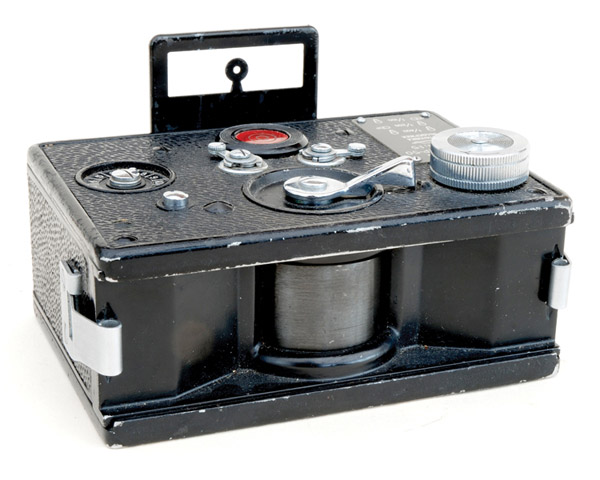
Photos © John Wade


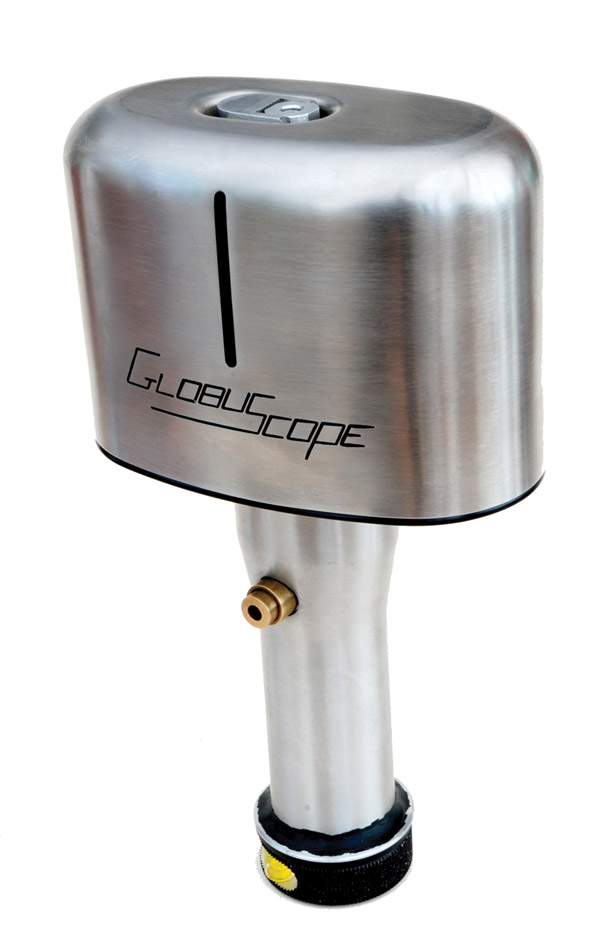
If you buy one to use, make sure it has two important accessories with it—a panoramic viewfinder, which fits over the recessed rewind knob, and a grip that screws into the tripod bush. Use this to keep your hands away from the camera body; otherwise your pictures might include out-of-focus fingers on each side.
The Horizon is mechanically similar to the Horizont, and the image size is the same. The restyled body has a built-on panoramic viewfinder, plus shutter speeds from 1/60 to 1/125 sec and apertures from f/2.8 to f/16. They are operated by a combination of one lever beside the rewind knob plus two others, which slide into view when the film is wound.

© John Wade
The American Globuscope
Now we come to the weirdest of the bunch. The Globuscope was introduced in 1981 and has recently been discontinued, but these cameras have begun appearing spasmodically at collectors’ fairs. This is a rotating camera, in the mode of the old Cirkuts, but much easier to use because it takes 35mm film in normal cassettes.
The camera is oval-shaped with a slit in one face and a large handle on the base. Behind the slit, a 25mm lens projects its image through another slit and onto the film. There are two shutter speeds, 1/200 sec and 1/40 sec, changed by inserting an alum key into the tripod bush. Apertures run from f/3.5 to f/16, plus a closed option.

© John Wade
In use, the clockwork motor is wound by turning the handle on the base. The aperture control is moved from its closed position to the required f/stop and the shutter release is pressed immediately. Depending on how long you keep your finger on the release, the camera will rotate through 180, 360, 540, or 720 degrees, after which the aperture control is returned to its closed position to prevent light fogging.
As the body rotates, the film moves past the slit at the back of the lens and the image is built up on the emulsion. The makers recommended letting the camera rotate twice, through 720 degrees, and then to chop out the best composition from the resulting image. The downside is that using the camera this way, you only get four pictures to a roll of 36-exposure film, each one measuring 24x300mm!

© John Wade
Shooting And Processing
When using a panoramic camera, you need to think differently. The basic rules of composition, for example, state that placing the main subject one-third from the picture’s edge and one-third from the top or bottom will give the most pleasing composition. With a panoramic camera, the most pleasing result comes from placing the main subject in the center of the image.
With a swing-lens model, you do that by pointing the camera body straight toward your main subject, even though the lens will be pointing to one side. The sweep of the lens during exposure will add other detail equally on each side of the main subject. If you are using a rotating camera to take a 180-degree view, the best way of achieving a similar result is to start by pointing the camera at 90 degrees to the main subject. As the camera rotates, that main subject will once again end up in the middle of the image.
Whichever camera type you use, it is important to keep the camera straight, and most panoramic cameras have built-in spirit levels for that purpose. It’s best to shoot with the sun directly behind you so that the whole of the super-wide image before you is evenly lit.
When it comes to processing, take your film to a normal processor, asking them to develop it, but not print it—and to give it back to you in a roll, rather than cutting the frames up into standard 35mm chunks. You can then cut the negatives into panoramic images and scan them on a digital scanner. Scan the negatives at no less than 1000dpi to give good-sized images when you print them.
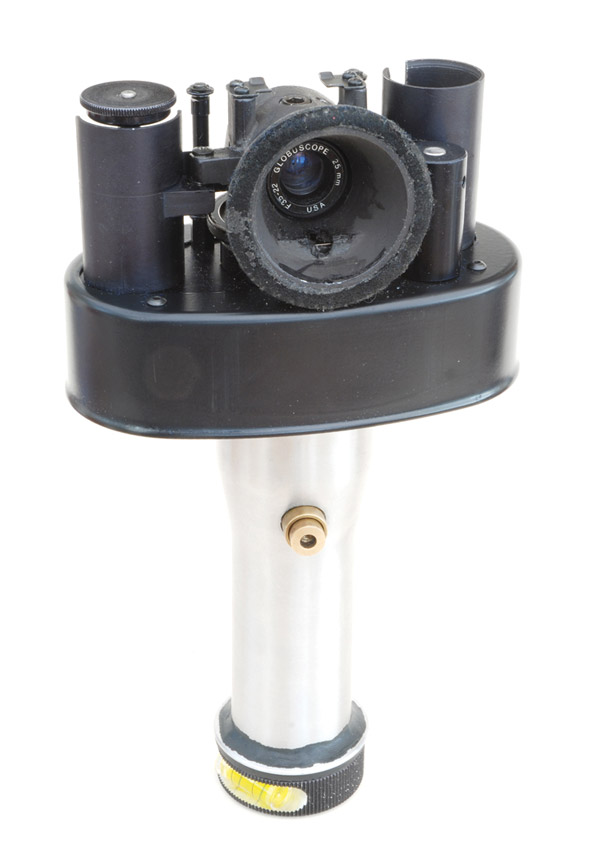
Prices
The Horizon has several models, but the Horizon 202 is the best value at around $325. You can find them on eBay or on the Internet at: www.rugift.com.
The other cameras covered here can be picked up at camera fairs and on eBay. In order of rarity and approximate price, they are the Globuscope, $1350; Horizont, $350; and FT-2, $300. The Cirkut cameras are especially rare and can command up to $1500.
- Log in or register to post comments

